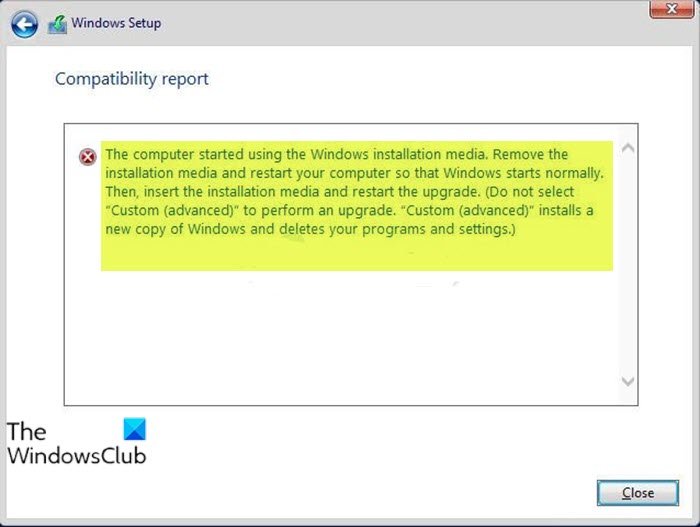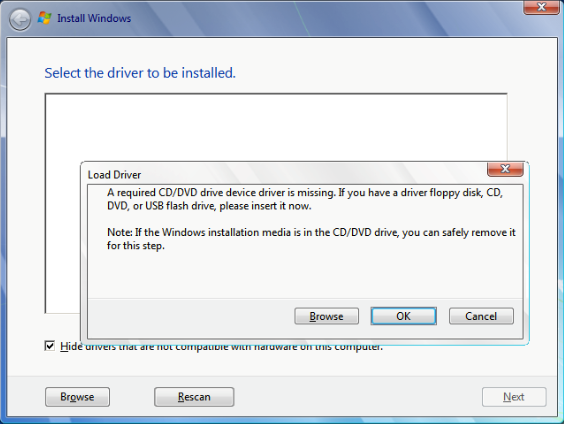
Due to the high write tasks in TrueNAS CORE, USB sticks are not very reliable over the long term.ĭownload the latest TrueNAS image from Make sure you have a USB stick ready to use as the install media. Using a small SSD or hard drive will provide the best longevity. TrueNAS reads and writes to the operating system device, so reliability counts.

The entire operating system device will be used for TrueNAS. The operating system device must have at least 8 GB of space, but we recommend 32 GB or more for operating system device storage capacity to provide room for logging, operating system environments, and future additions. The TrueNAS CORE operating system device can be an SSD or hard drive. In this tutorial, we will be using an 8 GB USB stick as our install media.

The install media is used to install TrueNAS to the operating system device on a computer.Ī USB stick or DVD can be used as the install media. It’s important to understand that TrueNAS needs two devices during the installation process, the install media and the operating system device (boot device).
Computer or laptop & internet browser: To access the GUI and administer your TrueNAS system.Ĭreating the Installation Media and Operating System Device for TrueNAS. Monitor & keyboard: After the setup is complete and you’ve written down your TrueNAS system’s IP address, the monitor can be disconnected. 
Please note that the installation media is not the same as the boot device. The TrueNAS ISO image exceeds 700 MB so CDs will not work.
Blank DVD or USB stick: Required to create the TrueNAS installation media. Ethernet cord: To connect your system to the network, through a router or modem. Western Digital drives are a great choice for data storage, but as with any vendor, make sure to avoid drives using SMR technology in ZFS applications. Storage drives (SSDs or HDDs): At least one hard drive for storage of files, but multiple drives of the same capacity can be easily bundled together to provide redundancy if a drive fails. USB sticks are no longer recommended, due to the high amount of write tasks on TrueNAS. An SSD is an ideal choice for longevity keep in mind that the entire disk will be used for the TrueNAS operating system. At least 8 GB of storage capacity is required to serve as the boot device for TrueNAS. Boot device (SSD or HDD): Also known as the boot drive.  Minimum 8 GB of RAM: Use more if you’re installing virtual machines or plugins. TrueNAS is NOT dual-boot friendly, so make sure you’re only using the system for TrueNAS. 64-bit system: Used solely for TrueNAS CORE. Here are the basics of what you’ll need to run TrueNAS: We’re going to walk you through the basic requirements to run the TrueNAS storage operating system, creating the installation media, and installing it onto your system.
Minimum 8 GB of RAM: Use more if you’re installing virtual machines or plugins. TrueNAS is NOT dual-boot friendly, so make sure you’re only using the system for TrueNAS. 64-bit system: Used solely for TrueNAS CORE. Here are the basics of what you’ll need to run TrueNAS: We’re going to walk you through the basic requirements to run the TrueNAS storage operating system, creating the installation media, and installing it onto your system.








 0 kommentar(er)
0 kommentar(er)
